SEEKING SUBMISSIONS: Visual Interviews Now Open For Contributions Again
For the neurodiverse, the people who think in images, the creatives, and the times when words just don't suffice
One of my favorite things that I’ve ever done here on Substack is launch visual interviews, in which people answer a series of questions using images only. I launched this because I know that the topic that I cover here - where art meets psychology - is a topic that you can’t always explain in words. I launched this because there are people who are neurodiverse who don’t think so much in words as in images anyway. I launched this because I had a feeling that the responses would teach me something new, and they have.
I paused submissions because of … well, all of the life things and time/money/energy costs etc etc … but I’ve missed them. And I have capacity for them again. And I want to open back up for submissions.
How to Submit a Visual Interview
It’s simple. Go here and fill out the Google Form.
Yep, that’s it. But here are some notes for frequently asked questions:
Because this is a Google form, everyone’s questions are the same.
Interpret the questions however you see fit.
Make sure that you only use your own images that you have the rights to use. These can be drawings, photographs, or videos.
You can answer each question in a single image or multiple images, up to five per question, as you see fit.
Your images are allowed to have words on them if you wish.
Only two questions are “required” to complete the form but answer as many as you are able in order to have an interview that’s really meaningful for everyone.
The questions are all about the intersection of art and mental health, but those are terms that I use broadly and I believe that we are all creatives who have mental health.
I will publish each visual interview in as timely of a manner as possible right here on Substack, and it will get sent to my ~2000 subscribers. You are welcome to cross post it to your own Substack as well.


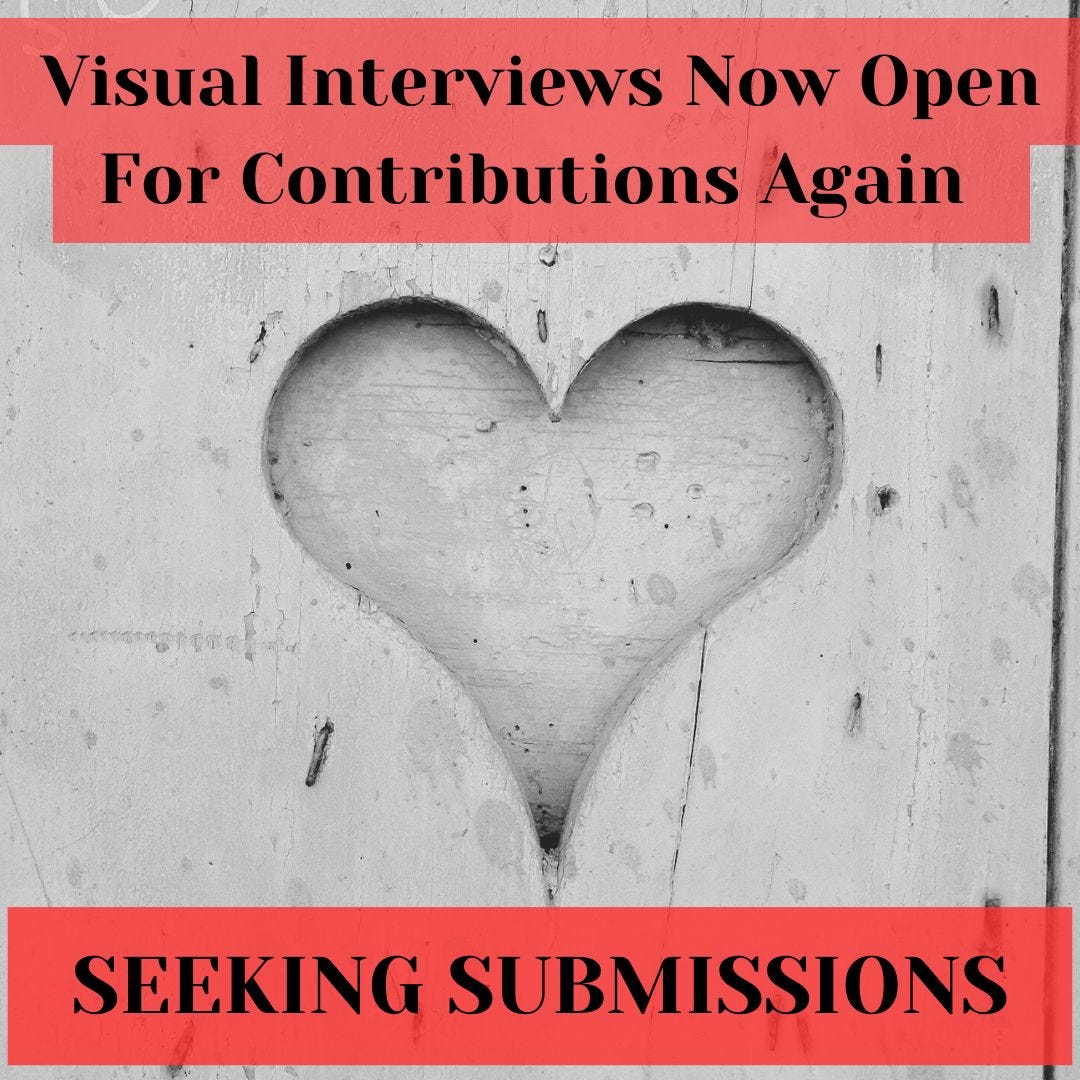

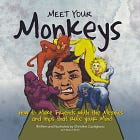


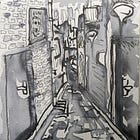
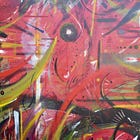
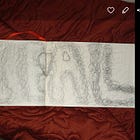
This is brilliant, particularly for those whose life stories have been diminished or dismissed by a literacy that is (most often) linear, chronological, and argumentative, and a history constructed in this form. By using this method to expand storytelling, you are providing a forum for others to open up and tell (show) their experiences in the world. You are validating the experiences that cannot be captured in words. Brava!
The visual interviews are awesome and add a new dimension to the answers. Are you interested in visual interviews from people like me who previously did written ones or do you only want them from people you haven’t already interviewed?